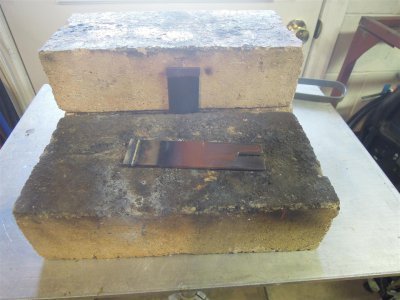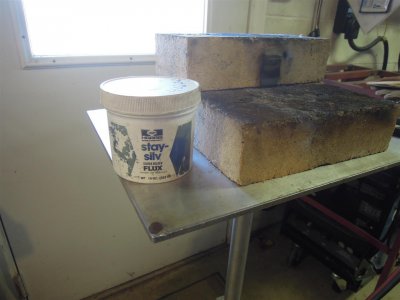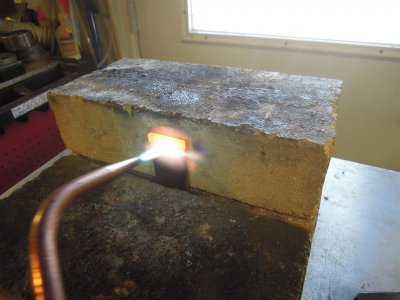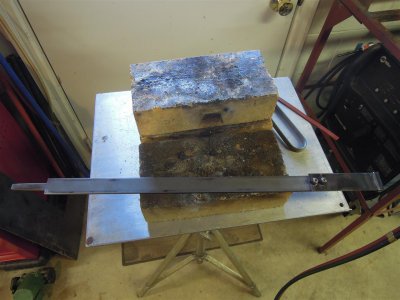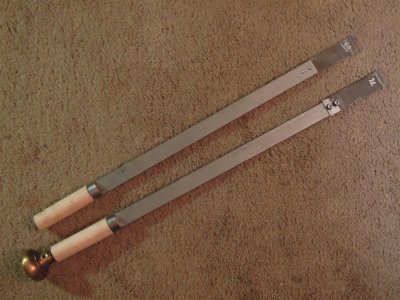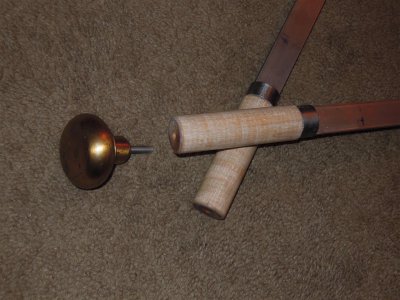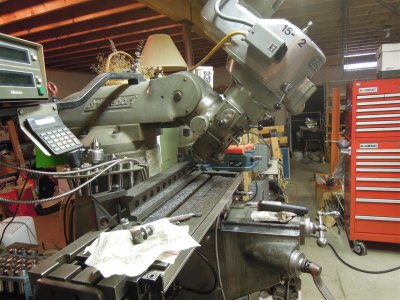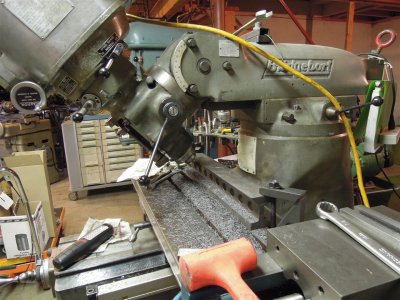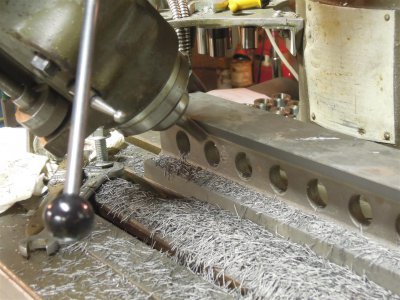I've been working on making some hand scrapers the past day or two. They finally came together today. The body is an 18" length of 3/16 x 1" mild steel that I bought at Lowes. The detachable scrapers are made to mimic a Biax blade. I made mine from 1/8 x 1" mild steel. The standard blades are 90 mm long (about 3.5" - I made mine 4") and the long blades are 150 mm long (about 6" long). Elsewhere on the net the slots in Biax scrapers are reported to be 0.209" wide and 17 mm long to the center of the radius (about 11/16"). I used a 7/32" end mill to make the slot and made it 13/16" long to the end of the cut. The Biax is reported to use 4.5mm screws. I used 10x32 socket head screws.
I used Stay-Silv white flux and silver solder strips. The strips came from a kit for repairing band saw blades which I bought at a yard sale, so I can't tell you what type of silver solder it was. Others have reported liking Harris 45% silver and Harris 56% silver solder. I polished one side of the 1/8 x 1/4 x 1" carbide insert on a diamond hone to remove any oxidation. The end of the holder had been freshly milled square. After applying a thin coat of flux to both pieces, I put the strip of silver solder on the holder and laid the carbide insert on top. I couldn't see when the silver solder melted, so I just heated it till it was red and let it cool. Once it was cool, I attached it to the scraper handle and laid into it. It held, so the technique must have been ok. I never silver soldered before. I suspect you're not supposed to heat it to red hot, but it was the only way I knew to be sure the solder had melted. After things cooled down, I put a 60 mm radius on one and a 90 mm radius on the other using a green carborundum wheel on my bench grinder. It left too many scratches to be a good scraping edge, but I wanted to have it roughed out before the class so that I wasn't roughing something out on somebody else's diamond wheel at the class. At the class tomorrow I'll use one of the Glendo grinders to really put the cutting edge on each of the scrapers. By the way, I got my radius by using a compass to draw circles with 60 and 90 mm radii on paper, then cutting them out and using them as templates to mark the ends of the carbide to know how to make the proper shape.
On the long holder, the tang is 2" long and about 3/8" wide. I added a 1/2 to 5/8 inch long piece of black iron pipe to the end of a 1-1/4"wooden dowel to keep the wood from splitting, then drilled a 3/8" hole for the tang. After that I hammered the handle on. I also drilled a 1/4" hole in the opposite end. Richard uses a cheap rubber sanding disk as a buffer when he pushes. I looked for one at the local flea market yesterday, but didn't spot any sanding disks. I had an old brass doorknob around, so I made an adapter to make it fit the back end of the scraper handle. I don't know how that's going to work out. I'll know tomorrow, but it will probably be better than just a 1-1/4" dowel sticking into my side / hip.
Photos below.
Most of the guys should be in Pittston already. I'm driving up tomorrow morning for the 8:00 start since it's only a 2 hour drive.
